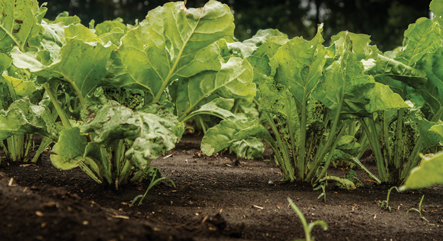

Specially designed to balance and fix zinc deficiency in plant and soil. Its Nanotized molecules penetrate and absorb deeper in foliar and soil particles at a much faster rate than regular micro size zinc particles. Micronutrient Chelated Liquid Zinc 9.0 delivers essential micronutrient Zinc more than twice as fast to fix the problem with the plant and soil very rapidly. Micronutrient Chelated Liquid Zinc 9.0 is a first choice when applied as a foliar spray.

Mixing with UAN and other liquid fertilizer solutions: Liquid Zinc 9.0 may be mixed in any ratio with 28% or 32% low salt urea ammonium nitrate (UAN) solutions.
Generally, no more than a ½ gallon of Liquid Zinc 9.0 should be added to 10 gallons of clear liquid mixed fertilizers such as 9-18-9, 14-36-12 or 8-16-8. Chelated Liquid Zinc 9.0 can be applied by itself or diluted with water, and it is not recommended to be applied directly on seed prior to planting. Always check compatibility with other products prior to use. Do not mix with liquid fertilizers high in orthophosphate or high salt base liquid fertilizers.
Corn, Soybeans, Sorghum, Cotton, Sugar Beets, Wheat and other field crops that have a medium to high response to zinc.
Mix Chelated Zinc 9.0 at 20-24 oz. per acre.
| Zinc (Zn) Derived from: Zinc Chloride, and Zinc Sulfate | 9.00% |
| Liquid Humic with Carbon | 2.00% |
Chelated Liquid Zinc 9.0 is specially designed for soil application to crops requiring zinc. Chelated Liquid Zinc 9.0 can be mixed with liquid polyphosphate fertilizers, 32% or 28% low salt nitrogen solutions and aqua ammonia. Apply the recommended rates shown on this product data or use in accordance with recommendations of a qualified individual or institution, such as, a certified crop advisor, agronomist, or apply according to recommendations of an approved nutrient management plan. Consideration for timing, rate, and placement are important for best results. Application rates may vary depending on the crop’s need for zinc and soil fertility levels.